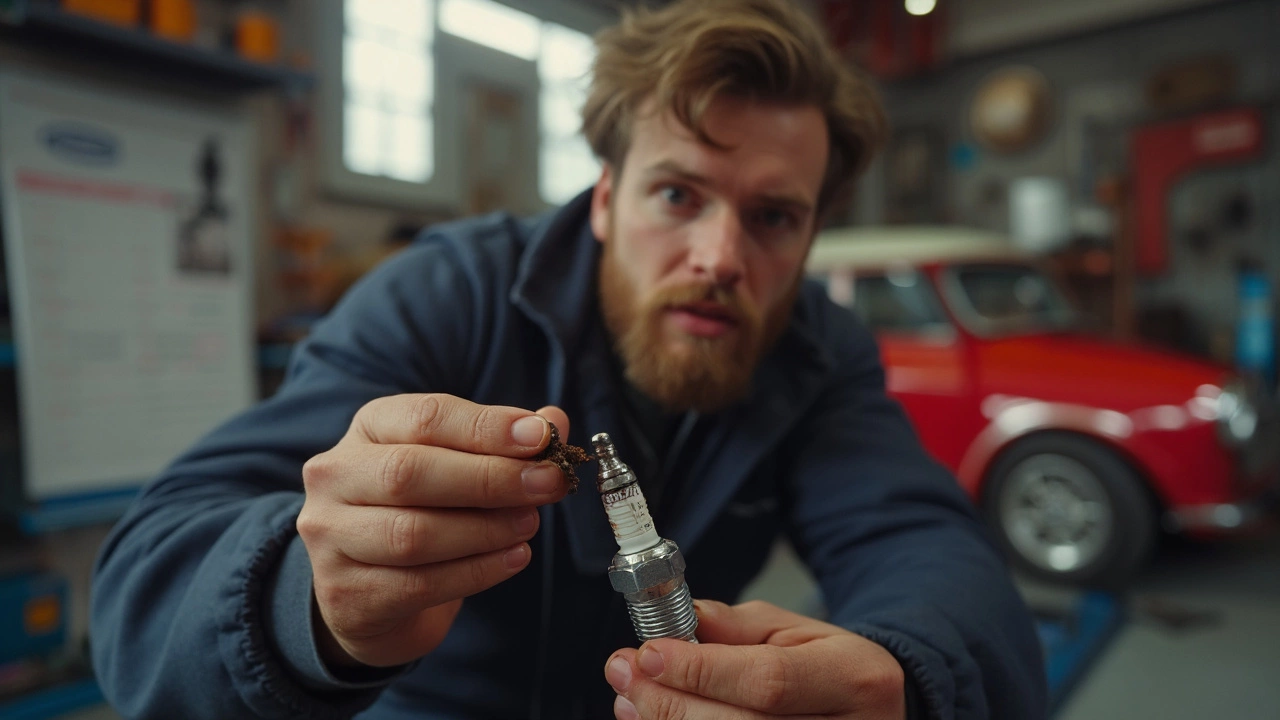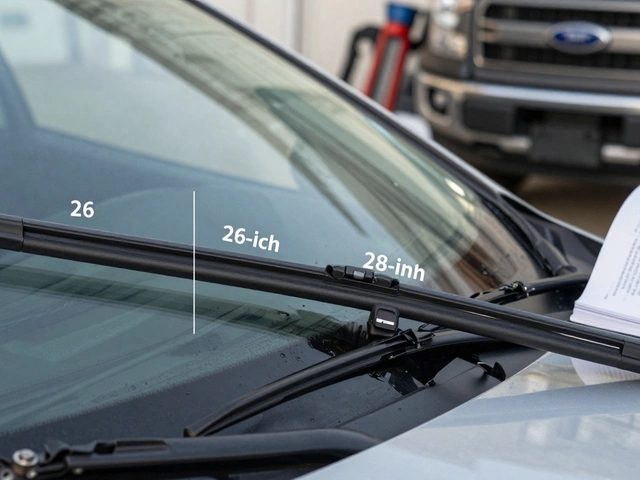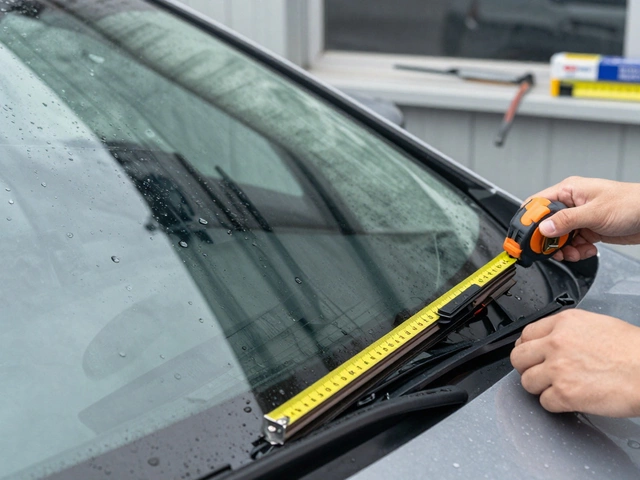Bad Spark Plug Signs and What to Do Next
When your car sputters, stalls, or feels like it’s dragging under acceleration, it’s often not the fuel pump or battery—it’s a bad spark plug, a small but critical component that ignites the air-fuel mixture in your engine’s cylinders. Also known as ignition plug, it’s the spark that starts the whole process. Skip replacing worn spark plugs, and you’re not just losing power—you’re slowly damaging your engine, wasting fuel, and risking a breakdown.
A bad spark plug, a small but critical component that ignites the air-fuel mixture in your engine’s cylinders. Also known as ignition plug, it’s the spark that starts the whole process. Skip replacing worn spark plugs, and you’re not just losing power—you’re slowly damaging your engine, wasting fuel, and risking a breakdown. doesn’t just make your car run poorly—it triggers a chain reaction. A misfiring cylinder caused by a weak or fouled plug forces the engine to work harder, which increases strain on the catalytic converter and can lead to expensive emissions system repairs. You might notice rough idling, hesitation when accelerating, or even a check engine light that flashes. These aren’t random glitches—they’re direct results of incomplete combustion because the spark isn’t happening when it should.
The engine misfire, a condition where one or more cylinders fail to ignite fuel properly is the most common symptom, and it’s often mistaken for a fuel system problem. But if your fuel pump and injectors are fine, the culprit is likely the spark plug. A fuel economy, how efficiently your car converts fuel into motion drop of 10–20% is normal with worn plugs. That’s like paying extra for every tank of gas. And if you’re ignoring these signs, you’re also risking carbon buildup on valves and pistons, which leads to even bigger repairs down the line.
You don’t need a diagnostic tool to spot a bad spark plug. If your car feels sluggish, especially when climbing hills or merging onto the highway, or if you hear a rhythmic popping noise from the engine, those are red flags. Cold starts that take longer than usual? That’s another clue. Modern cars have spark plugs that last 60,000 to 100,000 miles, but if you drive mostly short trips or in stop-and-go traffic, they wear out faster. Oil leaks into the combustion chamber can also foul them—so if you’re seeing blue smoke from the exhaust, it’s not just the plugs, it’s a bigger issue.
Replacing spark plugs isn’t a luxury—it’s preventative maintenance that pays for itself. A new set costs less than a tank of gas, and the difference in how your car runs is immediate. You’ll feel smoother acceleration, hear quieter idling, and save money at the pump. The posts below cover everything from how to test your plugs at home, to what happens if you wait too long, to why some cars need special plugs and others don’t. Whether you’re a DIYer or just trying to understand what your mechanic is telling you, you’ll find clear, no-fluff answers here.





